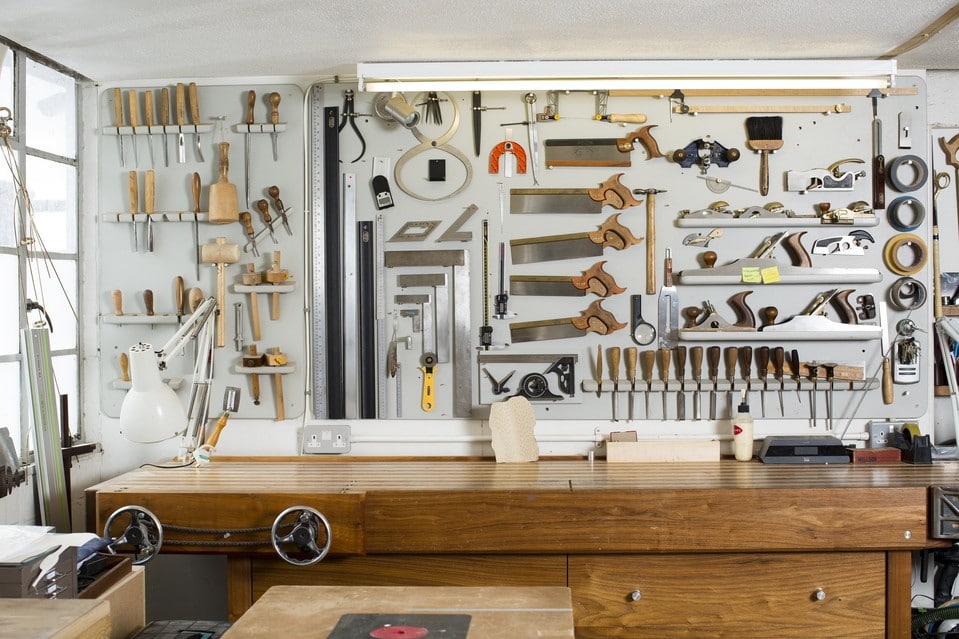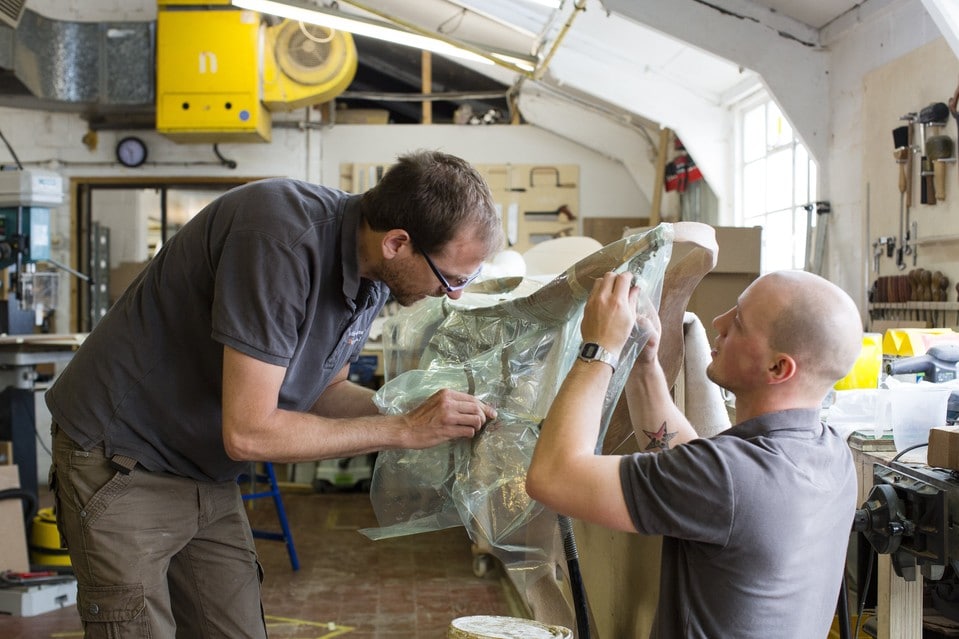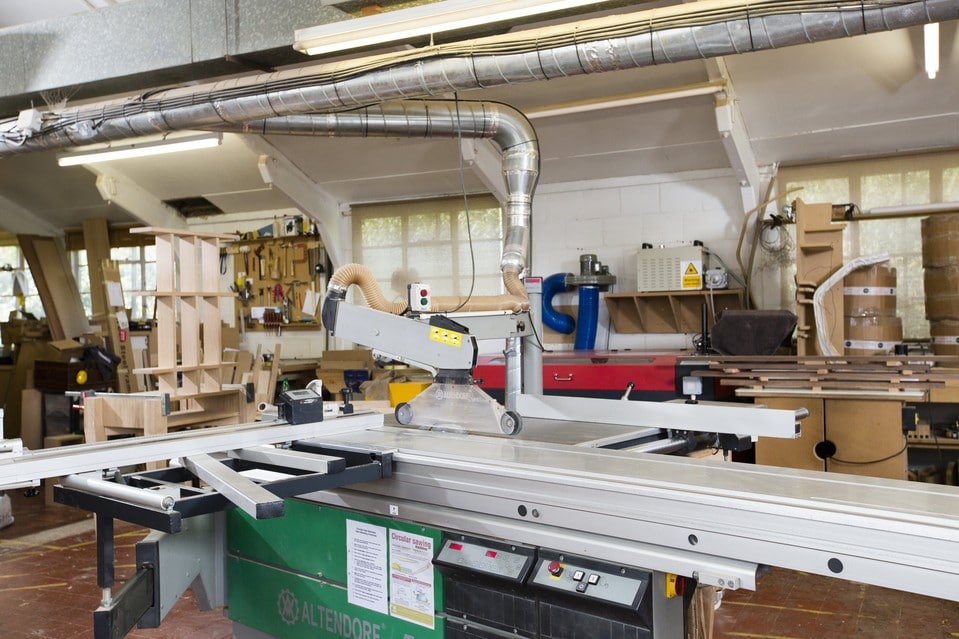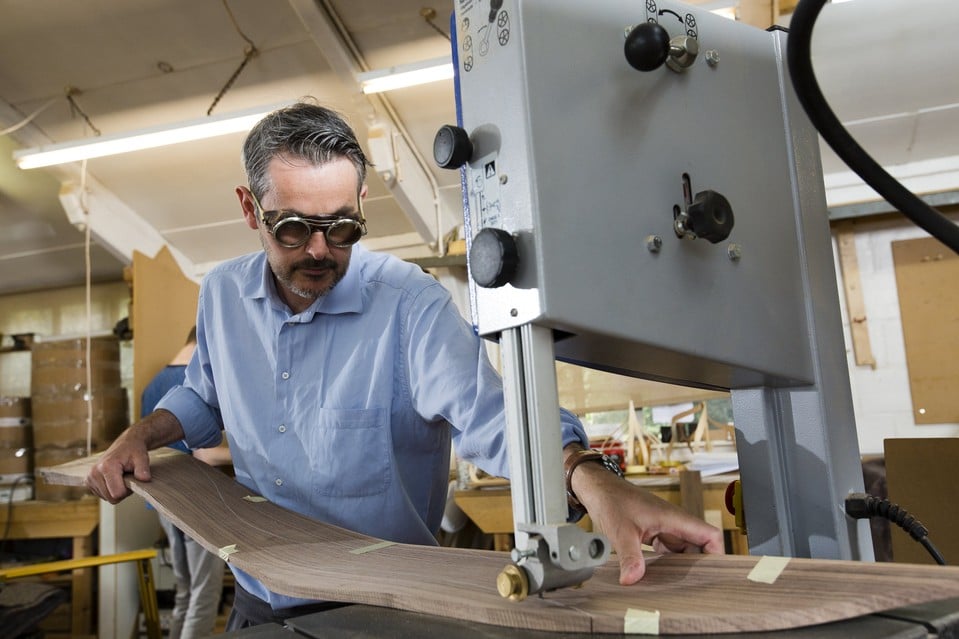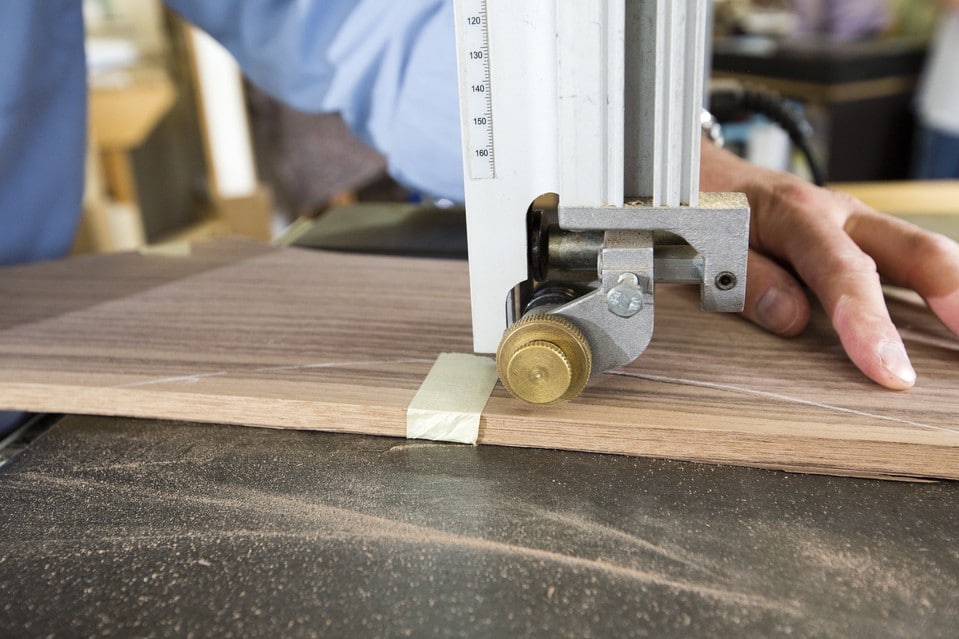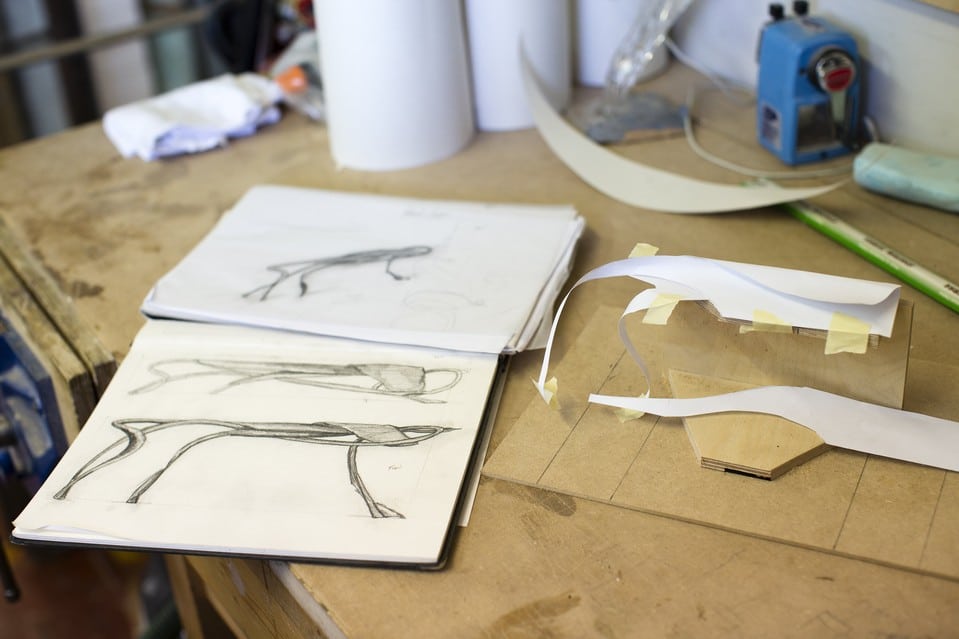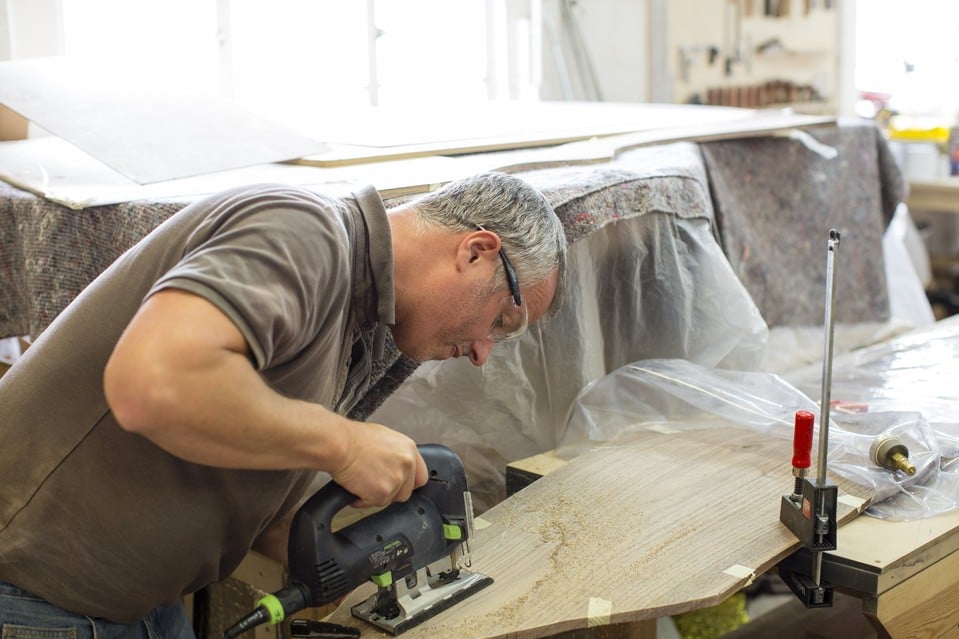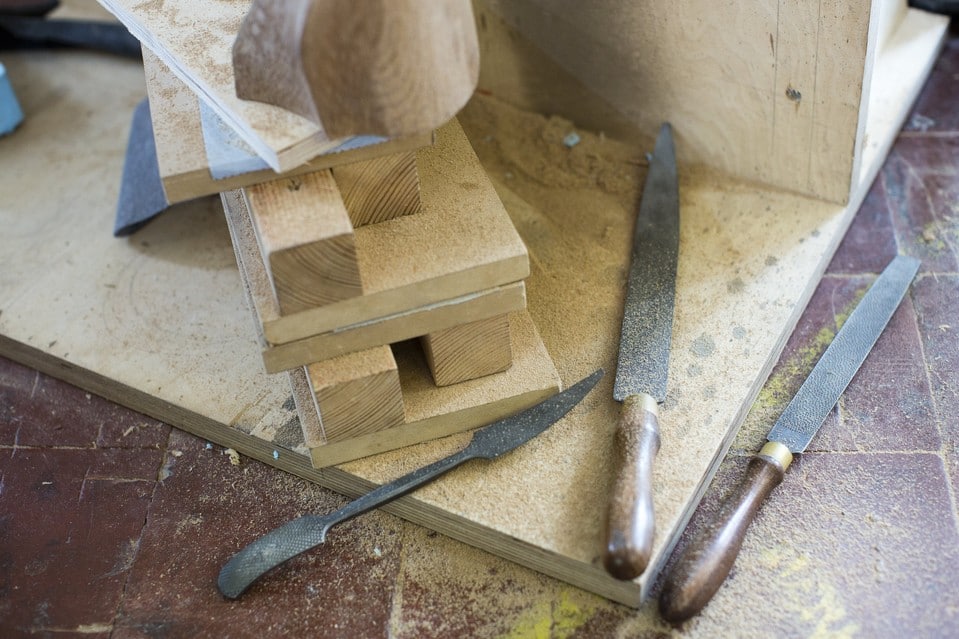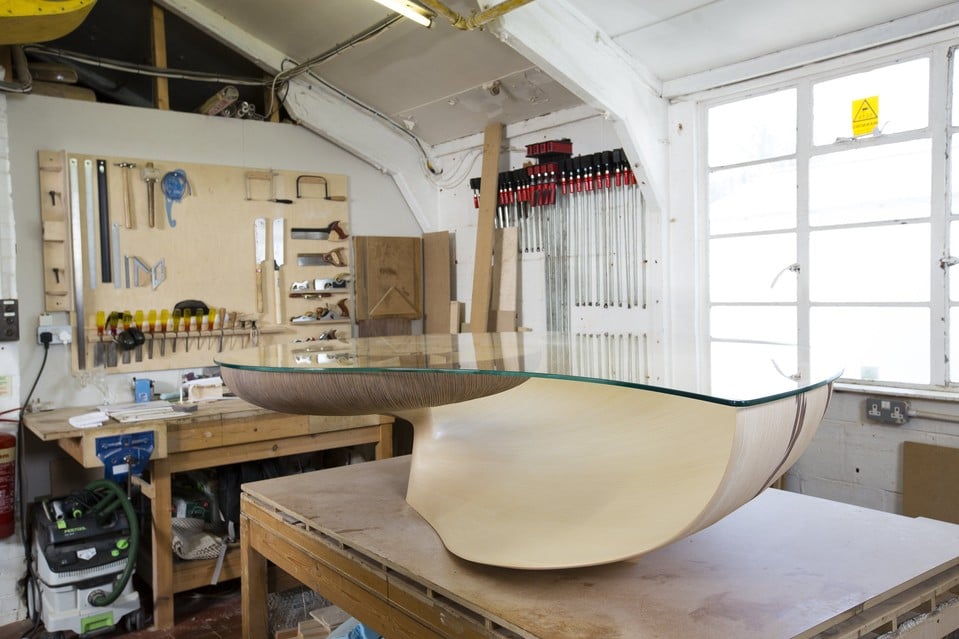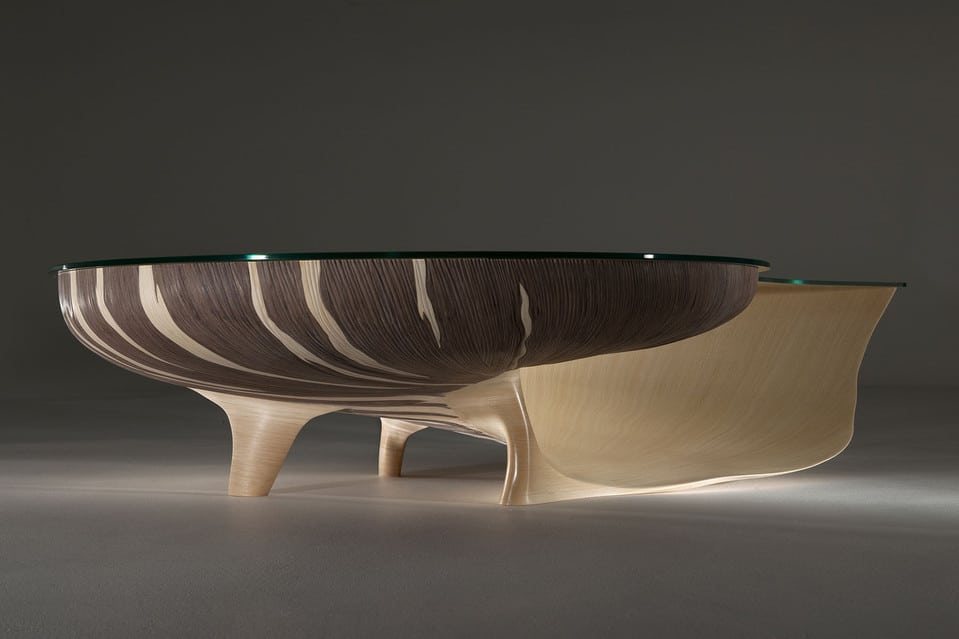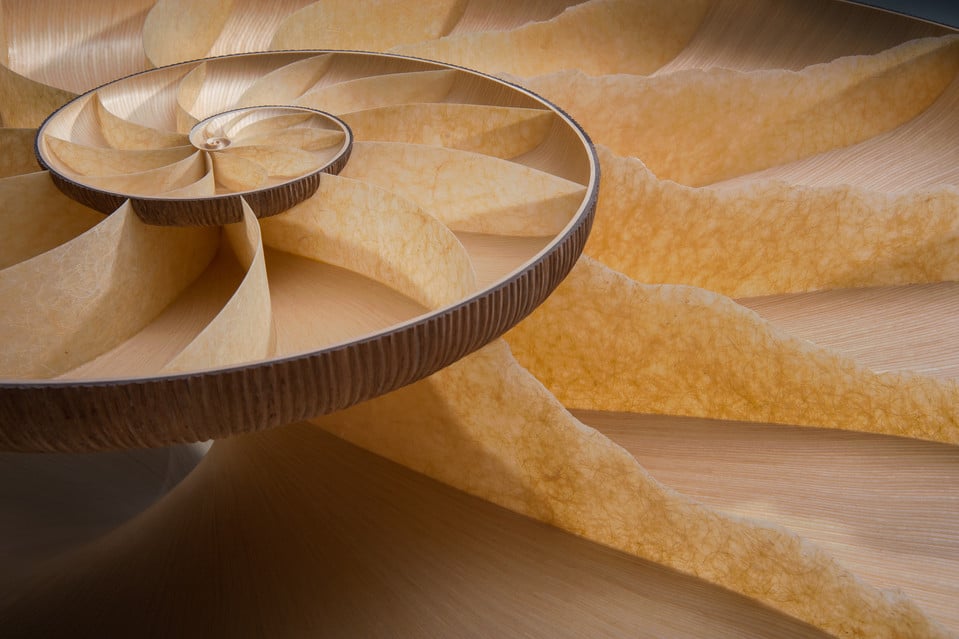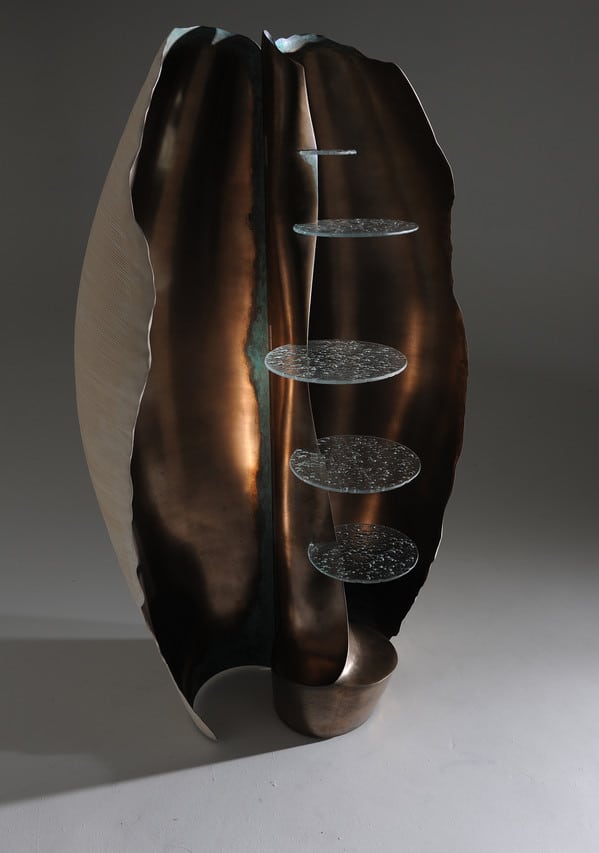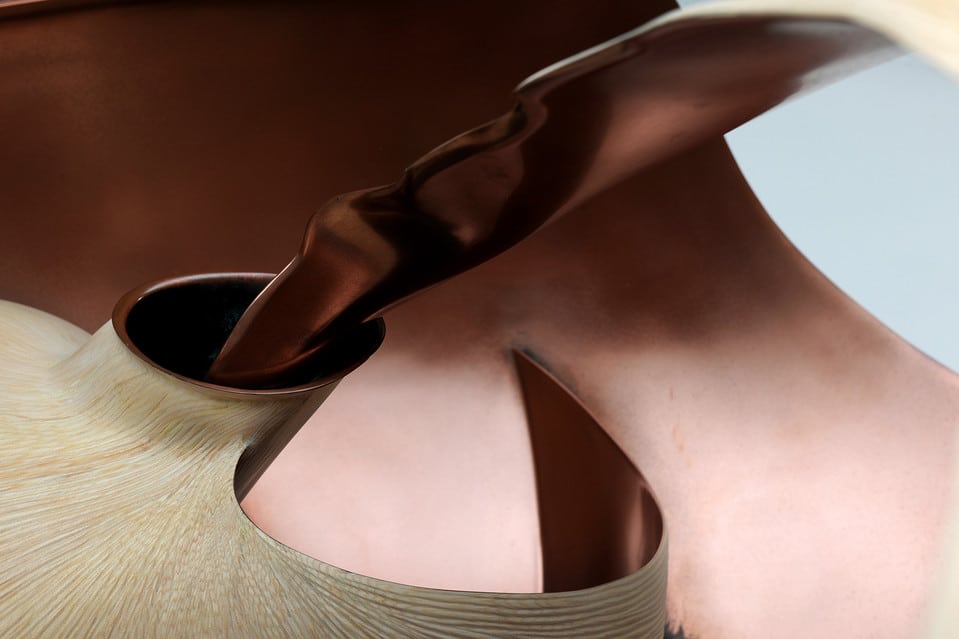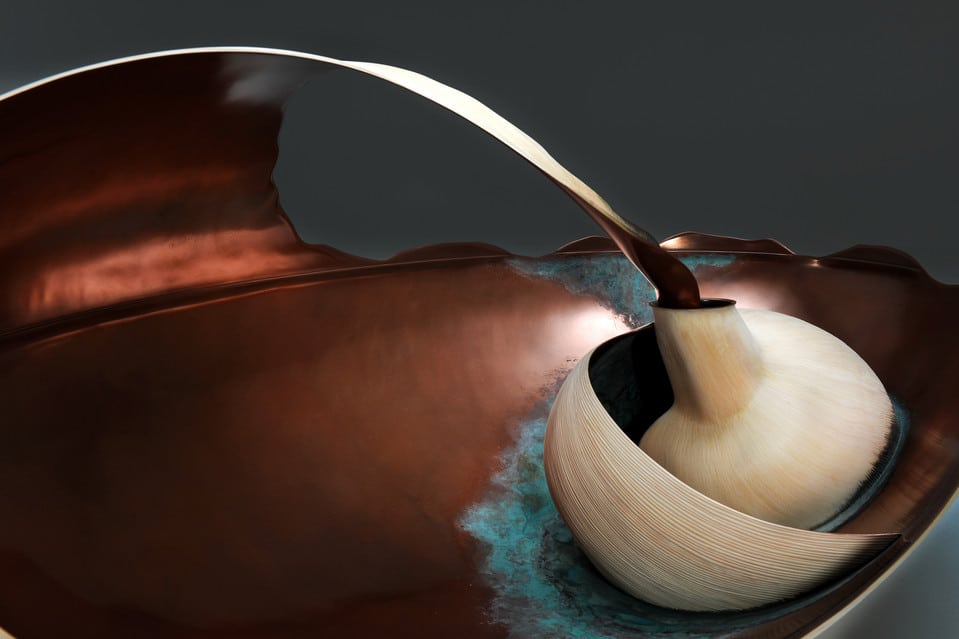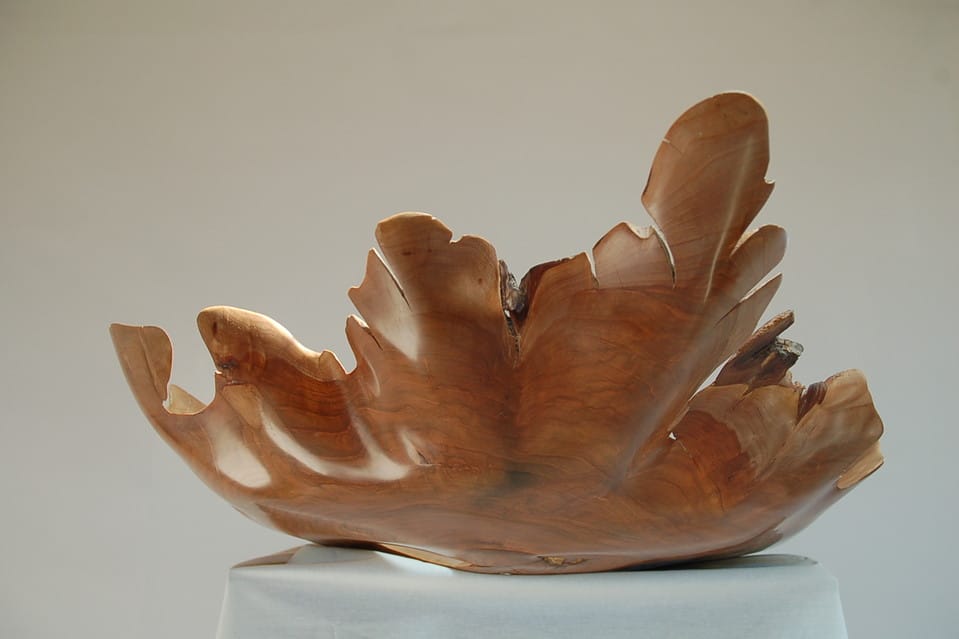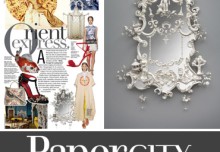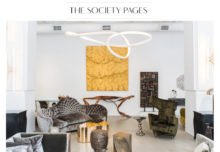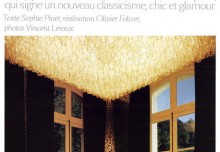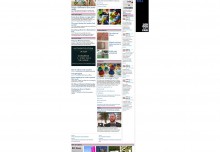Wall Street JournalFurniture Maker Marc Fish Listens to a Sea ShellDecember 2, 2015
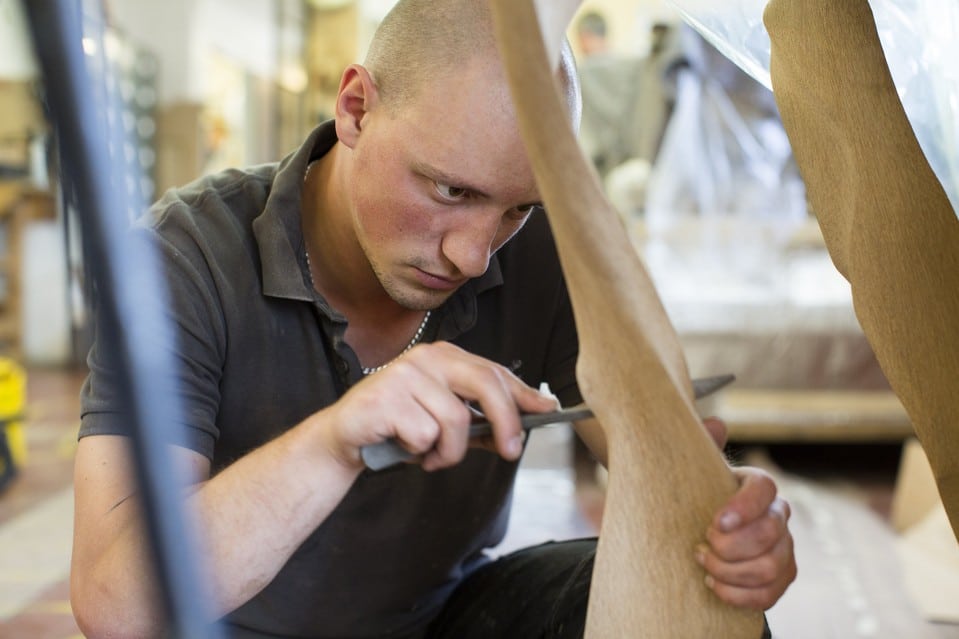
The studio has three full-time employees, as well as students from around the world who train with Mr. Fish.
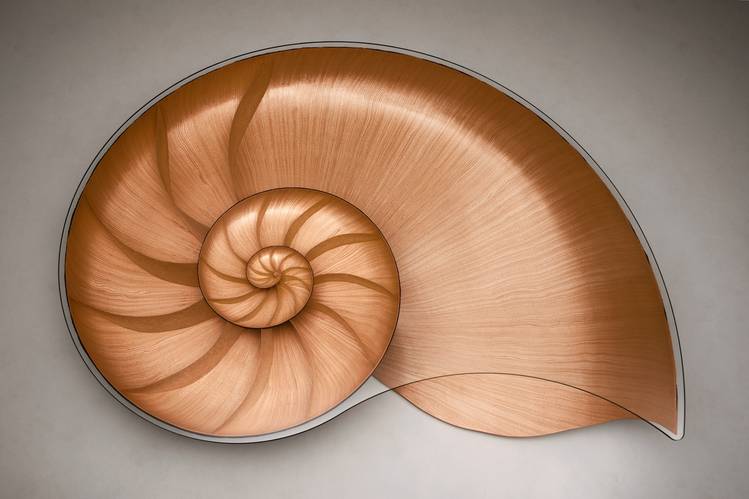
A view of the Nautilus table, from above, has a ‘shell’ carved from sycamore and is under a glass top.
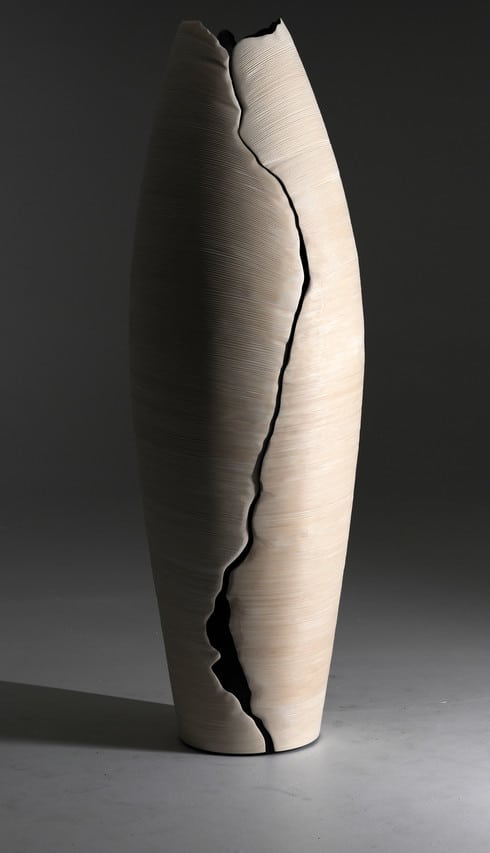
The Babel cabinet has a silhouette reminiscent of a cowrie shell. The pieces is priced at about $83,000.
Todd Merrill Studio
80 Lafayette Street
New York NY 10013
Phone: 212 673 0531
80 Lafayette Street
New York NY 10013
Phone: 212 673 0531
Todd Merrill Summer Studio
11 South Main Street
Southampton, NY 11968
Phone: 631 259 3601
11 South Main Street
Southampton, NY 11968
Phone: 631 259 3601



